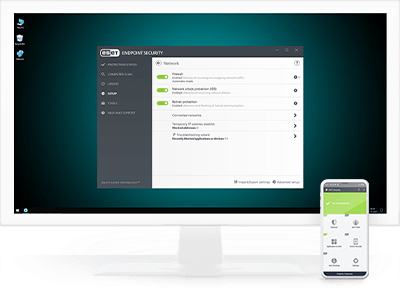
When designing a product that interacts with air, gas, or liquid, it’s important to understand how these elements will move around or through it. Here, CFD analysis services help explore how the design performs under real-world conditions.
By using computer simulations, designers can study how fluids behave without needing to build physical models right away. This helps them spot areas where performance could be improved, saving both time and money during development.
Cutting Down on Expensive Prototypes:
Creating and testing physical models can take a lot of effort and money. With CFD tools, many of the early questions about flow, pressure, and temperature can be answered virtually. This allows teams to reduce the number of prototypes they need to make. When physical testing is done later, the design is already much better prepared, which keeps projects on track and within budget.
Improving the Final Product’s Performance:
Designers often need to make choices that affect how well a product works in the real world. CFD helps them test different versions of a design to see which one performs best. They can study things like cooling in electronics, drag in vehicles, or airflow in ventilation systems. With this insight, the final product often works better, lasts longer, or uses less energy.
Speeding Up the Design Cycle:
In today’s fast-moving industries, quicker development means staying ahead of the competition. CFD simulations allow engineers to test multiple ideas in a short amount of time. Since everything is done on a computer, changes can be made and tested much faster than traditional methods. This helps shorten the design cycle, allowing teams to move from concept to production more quickly.
Getting Insights That Are Hard to Measure in Real Life:
Some parts of a product are very hard to reach with physical instruments. For example, it might be difficult to measure temperature inside a small engine or track airflow in tight spaces. CFD gives a clear view of what’s happening in these areas by showing temperature, velocity, and pressure in great detail. This level of insight helps create safer and more reliable designs.
By using CFD early in the process, teams can make better choices based on data instead of guesswork. They can look at results and make changes before small problems grow into bigger ones. Over time, this leads to better designs, smoother projects, and products that meet the needs of users more effectively.




